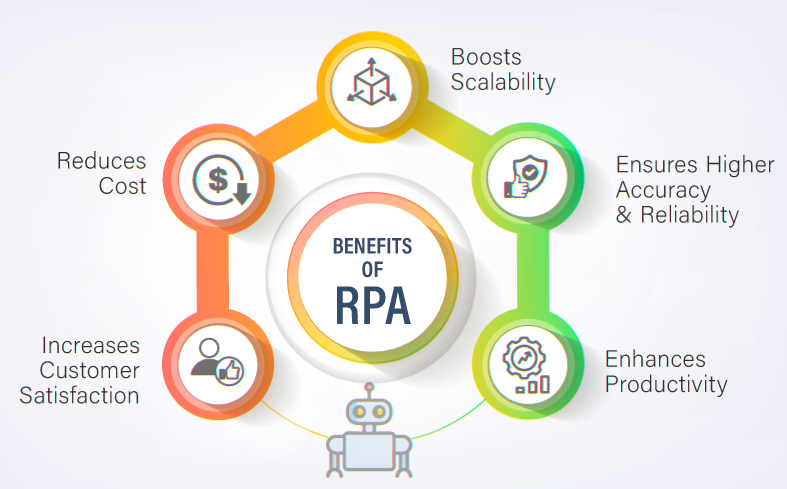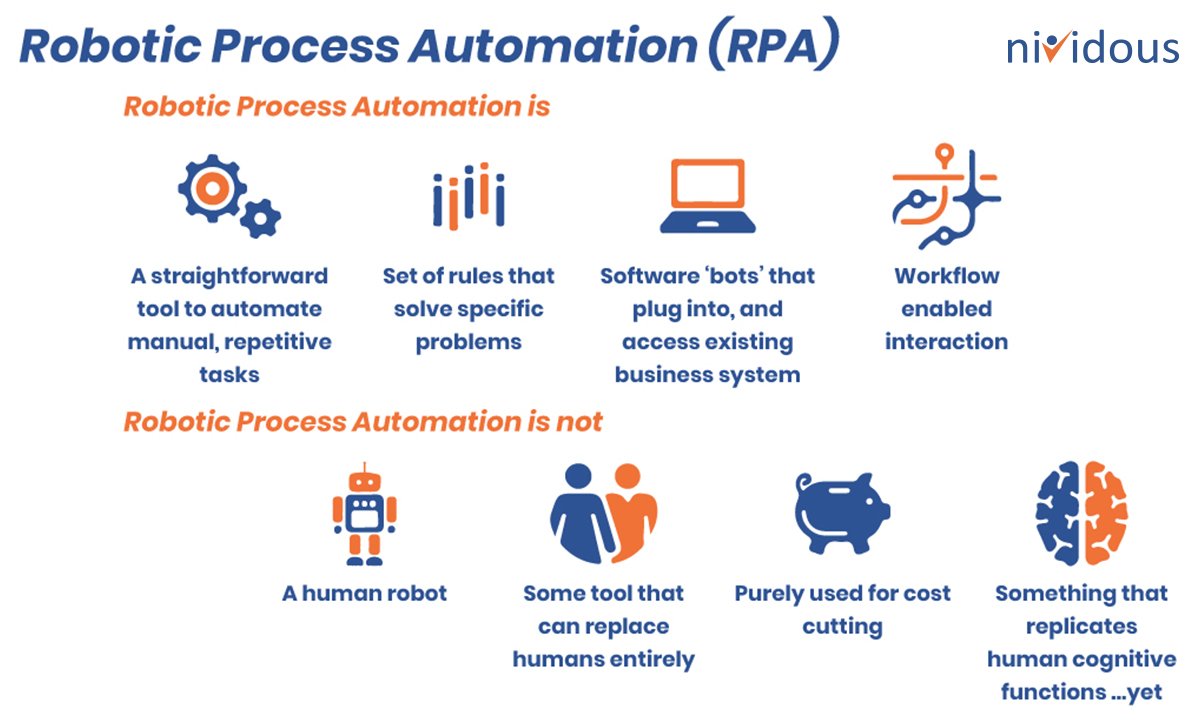
In today’s rapidly evolving digital landscape, compliance management has become an essential aspect of business operations. With the rise of artificial intelligence (AI) and robotic process automation (RPA), companies are finding new and innovative ways to ensure efficiency and accuracy in their compliance processes. AI and RPA technologies are revolutionizing the way organizations manage compliance, allowing for streamlined workflows, improved data accuracy, and enhanced decision-making capabilities.
The integration of AI and RPA in compliance management brings forth a host of benefits. By automating repetitive and mundane tasks, such as data entry and document verification, these technologies free up valuable time for compliance professionals to focus on higher-value activities. Moreover, AI algorithms can analyze vast amounts of data and identify patterns and anomalies with unparalleled speed and accuracy, enabling proactive risk detection and mitigation. This not only enhances compliance effectiveness but also helps organizations stay ahead of regulatory changes and potential penalties.
In this article, we will delve deeper into the world of AI and RPA in compliance management, exploring the various applications, benefits, and challenges associated with their implementation. Join us as we uncover the ways in which these cutting-edge technologies are revolutionizing the compliance landscape, ensuring efficiency and accuracy in an increasingly complex regulatory environment. So, buckle up and get ready to embark on a journey where innovation meets compliance!

AI and RPA in Compliance Management: Ensuring Efficiency and Accuracy
Artificial Intelligence (AI) and Robotic Process Automation (RPA) are revolutionizing the field of compliance management, bringing increased efficiency and accuracy to the process. Compliance management involves adhering to laws, regulations, and standards to ensure that organizations operate ethically and legally. With the increasing complexity of regulatory frameworks, organizations are turning to AI and RPA to streamline their compliance processes and mitigate risks. In this article, we will explore how AI and RPA are transforming compliance management and the benefits they provide.
The Role of AI in Compliance Management
AI utilizes advanced algorithms and machine learning to analyze vast amounts of data and extract valuable insights. When it comes to compliance management, AI can assist in various ways. Firstly, AI can automate the monitoring of regulatory changes by continuously scanning and analyzing regulatory updates. This helps organizations stay up-to-date with the latest requirements and ensures compliance with changing regulations.
Secondly, AI can enhance risk assessment and management by analyzing historical data and identifying patterns and anomalies that may indicate potential compliance risks. By detecting these risks early on, organizations can take proactive measures to address them and minimize the likelihood of non-compliance.
Furthermore, AI-powered chatbots can provide real-time guidance and support to employees regarding compliance-related queries. These chatbots can answer frequently asked questions, provide relevant information, and guide employees through compliance processes. This not only saves time but also ensures consistent and accurate information dissemination.
The Role of RPA in Compliance Management
RPA involves the use of software robots to automate repetitive and rule-based tasks. In compliance management, RPA can streamline processes such as data entry, data validation, and report generation. By automating these tasks, organizations can reduce the risk of human error and free up valuable resources to focus on more strategic compliance activities.
RPA can also facilitate the integration and synchronization of data across different systems and departments. This ensures that compliance-related information is consistently updated and readily accessible, improving data accuracy and enabling efficient compliance monitoring and reporting.
Additionally, RPA can assist in the creation and execution of compliance workflows. By automating the routing and approval processes, organizations can ensure that compliance tasks are completed in a timely and standardized manner. This not only improves efficiency but also provides an audit trail for compliance activities.
The Benefits of AI and RPA in Compliance Management
The integration of AI and RPA in compliance management offers numerous benefits for organizations. Firstly, it enhances efficiency by automating time-consuming tasks, allowing compliance teams to focus on more strategic activities. This leads to improved productivity and faster response times, ensuring organizations can adapt to regulatory changes promptly.
Secondly, AI and RPA improve accuracy by reducing the risk of human error. By automating data entry and validation processes, organizations can minimize the chances of inaccuracies and inconsistencies in compliance-related information. This helps in maintaining data integrity and ensuring compliance with regulatory requirements.

Furthermore, AI and RPA enable organizations to gain valuable insights and identify trends through data analysis. By leveraging AI algorithms, compliance teams can uncover patterns and anomalies in data that may indicate potential compliance risks. This proactive approach allows organizations to address risks before they escalate, reducing the likelihood of non-compliance and associated penalties.
In conclusion, AI and RPA are transforming the field of compliance management by ensuring efficiency and accuracy. AI helps organizations stay up-to-date with regulatory changes, enhances risk management, and provides real-time guidance to employees. On the other hand, RPA automates repetitive tasks, improves data integration and synchronization, and streamlines compliance workflows. The integration of AI and RPA in compliance management offers numerous benefits, including increased efficiency, improved accuracy, and proactive risk mitigation. As organizations navigate an ever-changing regulatory landscape, AI and RPA provide valuable tools to ensure compliance and mitigate risks.
Key Takeaways: AI and RPA in Compliance Management
- AI and RPA technologies improve efficiency and accuracy in compliance management.
- They automate repetitive tasks, reducing the risk of human error.
- AI can analyze vast amounts of data, ensuring thorough compliance checks.
- RPA streamlines processes, increasing productivity and saving time.
- Combining AI and RPA in compliance management leads to enhanced regulatory adherence.
Frequently Asked Questions
1. How can AI and RPA improve compliance management processes?
AI and RPA (Robotic Process Automation) can greatly enhance compliance management processes by automating repetitive tasks, reducing manual errors, and ensuring efficiency and accuracy. AI algorithms can analyze large volumes of data to identify patterns and anomalies, enabling organizations to detect potential compliance issues proactively. RPA technology can automate routine compliance tasks such as data collection, validation, and reporting, freeing up valuable time for compliance professionals to focus on more strategic activities.
By leveraging AI and RPA in compliance management, organizations can streamline their processes, minimize the risk of non-compliance, and improve overall operational effectiveness. These technologies can also provide real-time monitoring and alerts, enabling organizations to respond quickly to any compliance breaches or violations. Ultimately, AI and RPA empower compliance teams to work more efficiently, make data-driven decisions, and ensure compliance with regulatory requirements.
2. What are the benefits of using AI and RPA in compliance management?
The adoption of AI and RPA in compliance management offers several benefits. Firstly, these technologies can significantly reduce the time and effort required for manual compliance tasks. By automating data collection, analysis, and reporting processes, organizations can save valuable resources and allocate them to more strategic initiatives.
Secondly, AI and RPA can improve compliance accuracy by minimizing human errors. These technologies can process vast amounts of data with precision and consistency, reducing the risk of compliance breaches caused by human oversight or mistakes. Furthermore, AI algorithms can continuously learn and adapt, improving their accuracy over time.
Lastly, AI and RPA enable organizations to enhance their compliance monitoring capabilities. These technologies can provide real-time alerts, identify non-compliance patterns, and generate comprehensive reports, empowering organizations to proactively address potential compliance issues. By leveraging AI and RPA, organizations can strengthen their compliance frameworks, mitigate risks, and maintain a strong reputation.
3. Can AI and RPA replace human compliance professionals?
No, AI and RPA cannot replace human compliance professionals entirely. While these technologies can automate many routine compliance tasks, human expertise is still crucial in complex decision-making, interpreting regulations, and addressing unique compliance challenges. Compliance professionals possess the necessary knowledge, judgment, and ethical reasoning skills to navigate complex regulatory landscapes and make informed decisions.
However, AI and RPA can augment the role of compliance professionals. By automating repetitive and time-consuming tasks, these technologies free up valuable resources and enable compliance professionals to focus on more strategic activities that require human judgment and critical thinking. This collaboration between humans and technology can lead to more efficient and effective compliance management.
4. How can AI and RPA ensure accuracy in compliance management?

AI and RPA can ensure accuracy in compliance management through their ability to process large volumes of data with precision and consistency. These technologies can analyze data from multiple sources, identify patterns, and flag potential compliance issues or anomalies. By automating data collection and analysis, AI and RPA reduce the risk of human errors and ensure a higher level of accuracy in compliance processes.
Additionally, AI algorithms can continuously learn and improve their accuracy over time. By training on historical data and leveraging machine learning techniques, AI systems can become more proficient in identifying compliance risks and adapting to evolving regulatory requirements. This ongoing learning process enhances the accuracy of compliance management and enables organizations to stay ahead of potential compliance breaches.
5. What are the potential challenges in implementing AI and RPA in compliance management?
Implementing AI and RPA in compliance management may present some challenges for organizations. Firstly, there may be resistance to change from employees who fear that these technologies will replace their roles. It is important for organizations to communicate the benefits of AI and RPA, emphasizing how these technologies can enhance the work of compliance professionals rather than replace them.
Another challenge is ensuring data privacy and security. Compliance professionals handle sensitive and confidential information, and organizations must implement robust security measures to protect this data when using AI and RPA solutions. Adequate data governance and encryption techniques should be in place to mitigate the risk of data breaches or unauthorized access.
Furthermore, organizations need to invest in the necessary infrastructure and resources to implement AI and RPA effectively. This includes providing training to employees, integrating these technologies with existing systems, and ensuring ongoing support and maintenance. By addressing these challenges, organizations can successfully leverage AI and RPA to optimize compliance management processes.

Final Summary: Revolutionizing Compliance Management with AI and RPA
As we reach the end of our exploration into the world of compliance management and the role of AI and RPA, it is clear that these technologies are transforming the way organizations ensure efficiency and accuracy in their operations. The integration of artificial intelligence and robotic process automation has proven to be a game-changer, providing a powerful combination of speed, accuracy, and cost-effectiveness.
By harnessing the capabilities of AI and RPA, businesses can streamline compliance processes, automate repetitive tasks, and reduce the risk of errors. These technologies enable organizations to analyze vast amounts of data, identify patterns, and make informed decisions with greater precision. With the ability to handle complex workflows and adapt to changing regulations, AI and RPA offer a level of efficiency and accuracy that was once unimaginable.
In conclusion, the future of compliance management lies in embracing the potential of AI and RPA. By leveraging these technologies, organizations can not only enhance their compliance processes but also gain a competitive edge in today’s fast-paced business landscape. As we move forward, it is essential for businesses to stay informed, adapt to technological advancements, and harness the power of AI and RPA to drive efficiency, accuracy, and ultimately, success in compliance management. So, let us embrace this revolution and unlock the full potential of AI and RPA in compliance management.